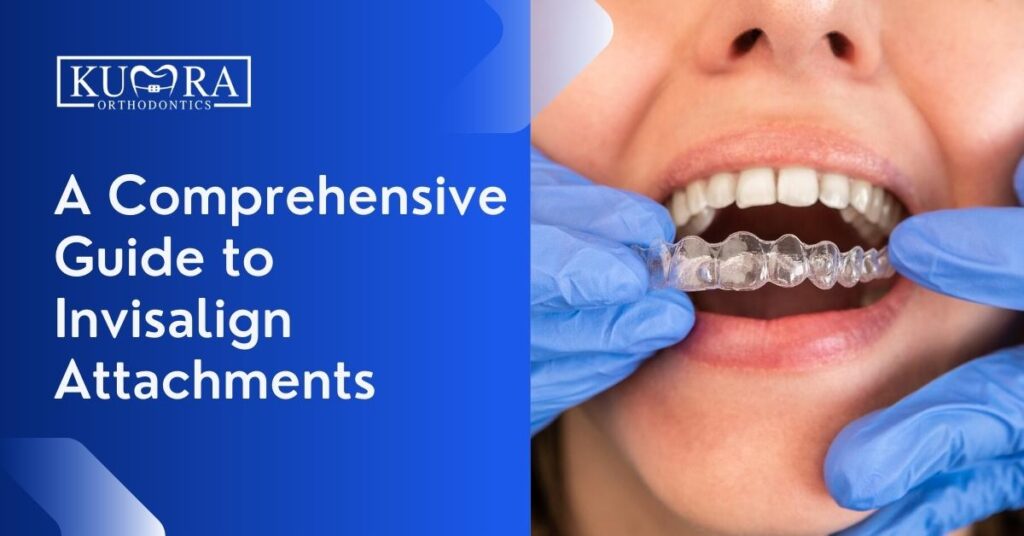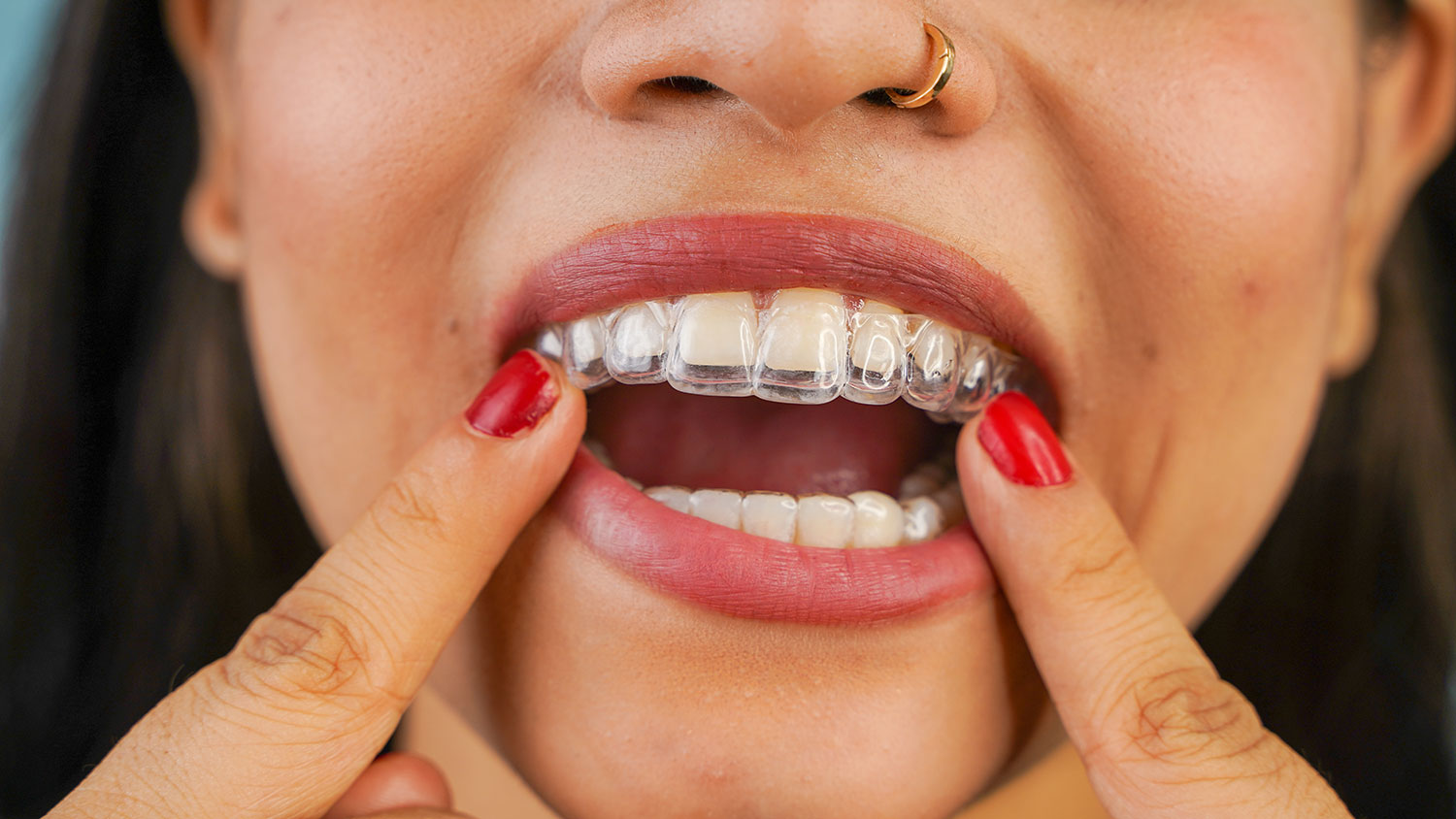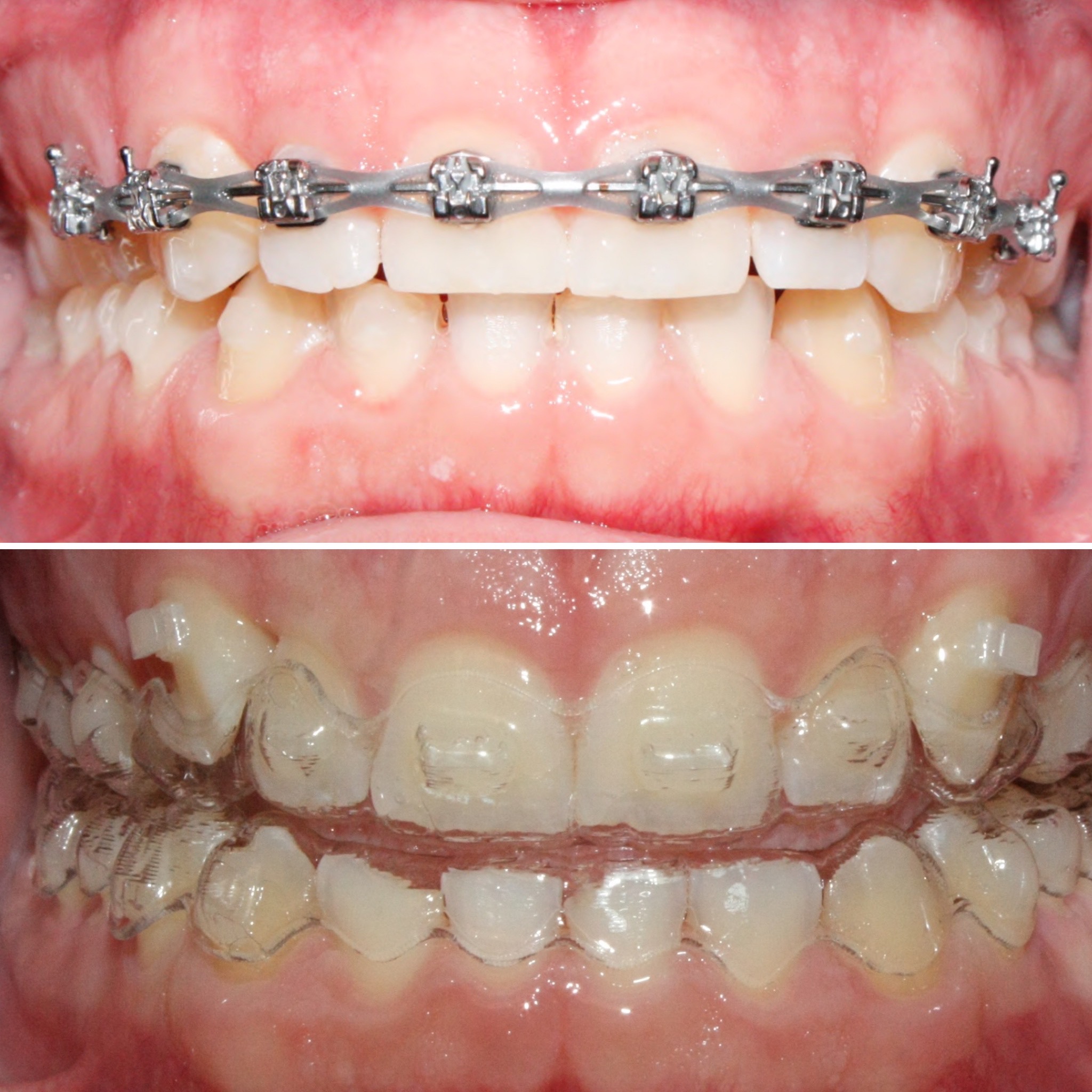What to Expect During Your Invisalign Journey: A Comprehensive Review
What to Expect During Your Invisalign Journey: A Comprehensive Review
Blog Article
Invisalign vs. Conventional Dental braces: Which Choice Is Right for You?
When taking into consideration orthodontic therapy, the selection in between Invisalign and traditional braces presents several vital elements that merit mindful evaluation. Invisalign uses a very discreet choice with detachable aligners, while standard braces give an extra noticeable yet reliable remedy for serious misalignment.
Review of Therapy Options

On the other hand, conventional dental braces contain metal brackets and cords that are bonded to the teeth. This approach uses continual pressure with time to achieve alignment. While reliable for complicated orthodontic problems, standard braces require normal brows through for adjustments and can pose challenges in maintaining dental hygiene due to the difficulty of cleaning up about brackets and wires.
Both choices have their advantages, and the selection typically depends upon certain oral conditions, way of life preferences, and person compliance. Ultimately, seeking advice from an orthodontic professional is essential for identifying the most suitable therapy plan customized to private requirements. Understanding the subtleties of each choice can substantially affect the general success of orthodontic therapy.
Aesthetic Factors To Consider
A significant aspect affecting the option in between Invisalign and typical dental braces is the visual allure each therapy provides. Invisalign aligners are crafted from clear plastic, making them essentially invisible when put on. This very discreet look is especially interesting grownups and young adults that may feel uneasy concerning their orthodontic therapy. The ability to keep a natural smile throughout the positioning process can significantly enhance the individual's self-confidence in expert and social setups.
In contrast, standard dental braces are composed of metal braces and wires, which can be a lot more recognizable. While advancements in orthodontic modern technology have actually led to the growth of smaller sized brackets and tinted elastics, standard braces still maintain a more obvious account. For some individuals, the visibility of dental braces might discourage them from looking for necessary treatment.
Ultimately, the option in between Invisalign and conventional dental braces might depend upon personal choices relating to visual appeals. Patients that focus on discretion frequently favor Invisalign, while those that are much less worried regarding presence might choose standard dental braces. Recognizing the visual implications of each alternative is important for making an educated choice that lines up with one's way of living and preferences.
Convenience and Convenience

In regards to comfort, Invisalign aligners are detachable, enabling clients to appreciate their favorite foods without limitation and maintain optimum dental health. Brushing and flossing are streamlined, as the aligners can be secured during these regimens, whereas standard dental braces need cautious maneuvering around braces and cables.
In addition, Invisalign's progressive system enables fewer orthodontic sees. Clients normally get several sets of aligners at the same time, which can enhance the treatment process and reduce time invested in discover this the orthodontist's chair. In comparison, traditional dental braces demand routine adjustments, making them much less convenient for those with hectic routines. Invisalign. In general, the convenience and ease of Invisalign make it an appealing selection for lots of individuals seeking orthodontic treatment.
Treatment Period and Effectiveness
While both Invisalign and traditional dental braces are reliable in fixing oral imbalances, the duration of treatment can differ dramatically between the 2 choices. Usually, Invisalign therapy can take anywhere from 12 to 18 months, depending on the intricacy of the situation. The clear aligners function by gradually moving teeth into their desired placements, and normal follow-ups with an orthodontist help ensure progression stays on the right track.
On the other hand, typical dental braces typically require a longer dedication, usually varying from 18 months to three years. This results from their fixed nature and making use of brackets and wires, which can be a lot more reliable for serious imbalances and complicated cases (Invisalign). The therapy efficiency of traditional braces is well-documented, as they enable for accurate changes and greater control over tooth motion
Ultimately, the choice between Invisalign and standard dental braces might rest on both the awaited therapy duration and the certain dental issues handy. Consulting with an orthodontist is important, as they can provide tailored suggestions based on specific requirements, guaranteeing the picked technique lines up with desired outcomes and timeframes.
Cost Comparison and Insurance Options
Price plays a significant role in the decision-making process for people taking into consideration orthodontic therapy, whether going with Invisalign or typical dental braces. Typically, the price of Invisalign varieties from $3,000 to $8,000, while conventional dental braces check over here usually cost in between $2,000 and click to read $6,000. Aspects affecting these prices consist of the complexity of the case, the period of therapy, and geographical location.
Many oral insurance strategies give partial protection for orthodontic treatments, however the specifics can vary commonly. Typically, standard braces may be a lot more often covered by insurance strategies compared to Invisalign, which some insurance companies categorize as a cosmetic treatment.
In addition, several orthodontic techniques provide adaptable payment strategies, making both therapy choices more easily accessible. Clients should ask about prospective financing choices and price cuts for in advance repayments. Reviewing the overall cost, consisting of insurance policy advantages and layaway plan, is necessary for making an informed decision that lines up with both aesthetic choices and budget plan considerations.

Final Thought
In summary, the selection in between Invisalign and standard braces pivots on multiple aspects, including aesthetic preferences, comfort, treatment period, and price. Invisalign offers a very discreet, removable option that facilitates dental health and dietary adaptability, while conventional dental braces might be much more appropriate for complex oral issues and usually come at a reduced price point. Eventually, assessment with an orthodontist is crucial to examine private conditions and determine the most ideal therapy option for achieving optimum dental placement.
When considering orthodontic therapy, the selection between Invisalign and conventional dental braces presents several essential aspects that warrant cautious evaluation.Comparing Invisalign and standard braces reveals unique treatment alternatives for orthodontic adjustment.While both Invisalign and typical braces are effective in remedying oral misalignments, the duration of therapy can differ substantially between the two alternatives.Expense plays a substantial role in the decision-making procedure for individuals considering orthodontic therapy, whether opting for Invisalign or standard braces.In recap, the selection in between Invisalign and typical braces hinges on multiple variables, including aesthetic preferences, convenience, treatment duration, and price.
Report this page